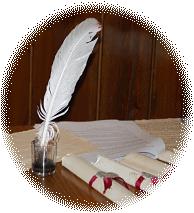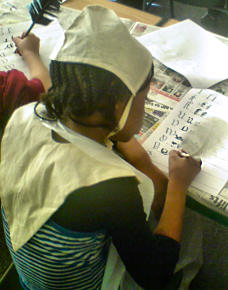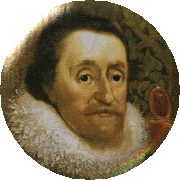Calligraphy

What is Calligraphy?
The word comes from two Greek words, Kallos and Graphe, meaning beautiful writing. Calligraphy's most interesting period is from the Roman period through to the Renaissance. (100AD -- 1600AD.) It was during this time that the pen lettered alphabets that we use today were developed. The major alphabets from that time span, in chronological order, are:- Roman, uncial, blackletter, italic and bookhand. It was from these five alphabets that most of the modern type-faces or 'fonts' are derived.
Until the middle of the 15th century all books were written by hand, usually by monks in the church and a few wealthy people. Most of the population of England at this time could not write at all.
The printing press was invented in the middle of the 15th century but handwriting was still important.
Writing materials used

Initially, writing was done on warm wax tablets using a pointed tool. Later, reed pens were used. The quill pen came into use in the 7th century and remained the pre-eminent pen for over 1,000 years. Some of the best pens were made from the flight feathers of geese. The word pen comes from the Latin word 'Penna' meaning feather. After plucking the wing feather, the barrel or shaft needed to be carved using a sharp knife (penknife). Scribes and stationers sharpened and slit the 'nib' for writing - hence the word stationery. No two quill pens write the same because of the development of the shaft and the skill of the quill maker. Each pen is as unique as the writer.
Writing was done on vellum, made from goat skin, or parchment, made from sheepskin. Letters were sealed with warm wax then pressed with the seal of the writer. Only the wealthy who could write would be able send the letter with a servant on horse back.
Curriculum links:
- HISTORY: Knowledge of events, people, and changes in the past. Historical interpretation, historical enquiry, organisation and communication.
- ART & DESIGN: Evaluating and developing work, the sources, knowledge and understanding, codes and conventions used to represent ideas, continuity and change of artists and craftspeople.
- ENGLISH: Reading; Understand texts, look at the quality of written evidence, and look at the meaning behind the text.
- WRITING: Handwriting and presentation. Have a go at the flowing handwriting style of the time.

